IN THE ROUGH
Diamond rush — The precious memories of a diamond dorp on the West Coast

The madcap legends of diamond prospecting on West Coast far outweigh the value of the stones themselves.
Spring 2005, a rotund little homing pigeon sits in swirling mist on a road somewhere in Alexander Bay, looking upwards at the Richtersveld skies with pleading eyes and flapping his wings. But he’s carrying 50 uncut diamonds taped around his chest. His tiny flying muscles can’t manage the extra weight.
Approaching fast is the security man, and you can hear his heavy tread on the tarmac. The bird, on the lam with more than R150,000 worth of stones, is the picture of guilt and anxiety as it launches itself less than a metre up and flops back onto the road. It’s like the getaway car that couldn’t.
The officer, spotting the contraband on the pigeon’s undercarriage, takes aim with his service rifle and the shot can be heard for miles down South Africa’s mother river: the Orange, also known by its ancient name of Gariep.

A local child’s depiction of the homing pigeon that caused all the ruckus. Image: Chris Marais
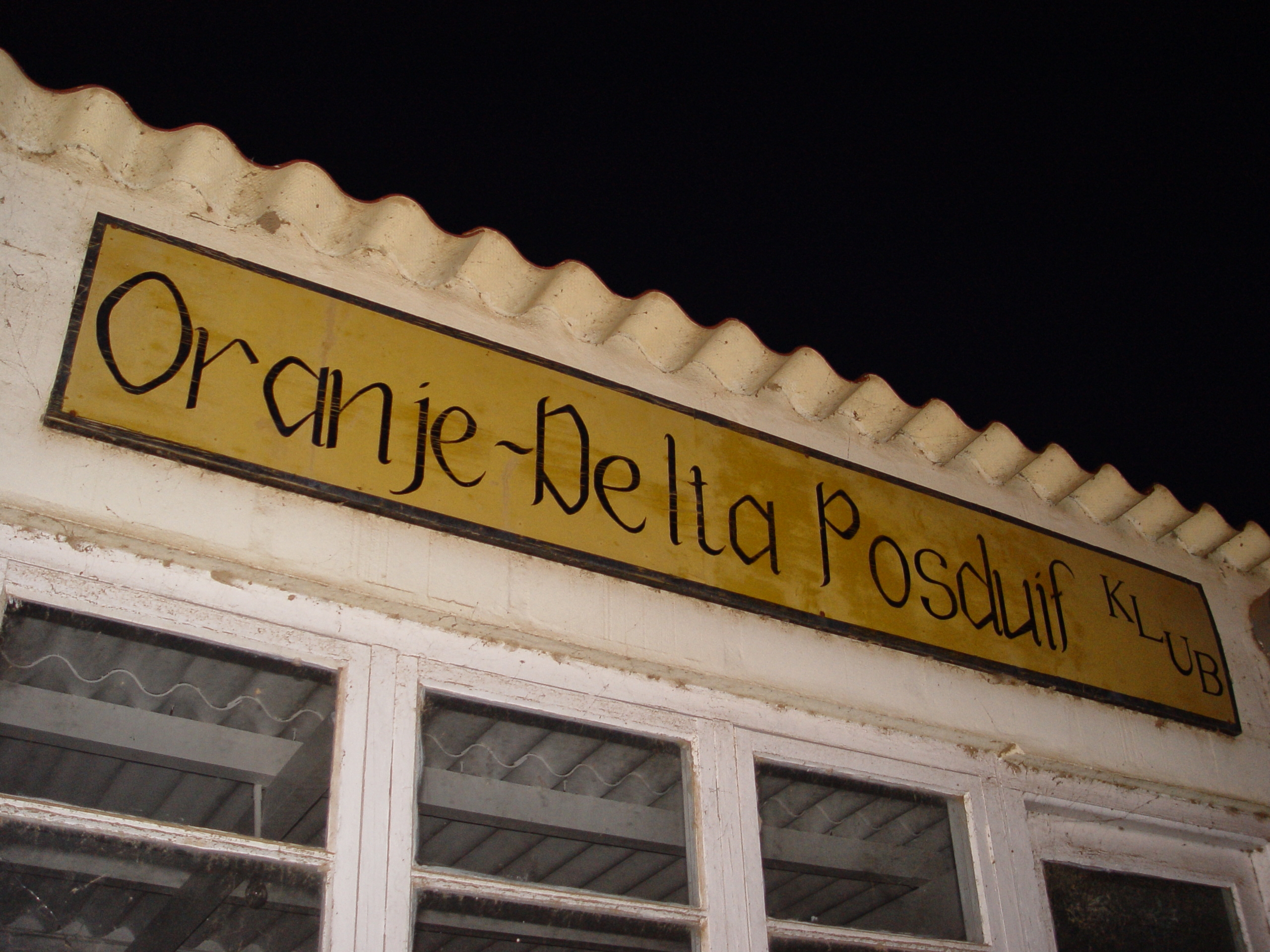
The once-popular Oranje-Delta Homing Pigeon club in Alexander Bay. Image: Chris Marais
The thrill
What I have come to learn about diamonds is that most of the magic lies in the search. The prospecting accounts, the expectations of the hardscrabble locals and the myriad tales of smuggling are what really interest me when it comes to the West coast diamond fields.
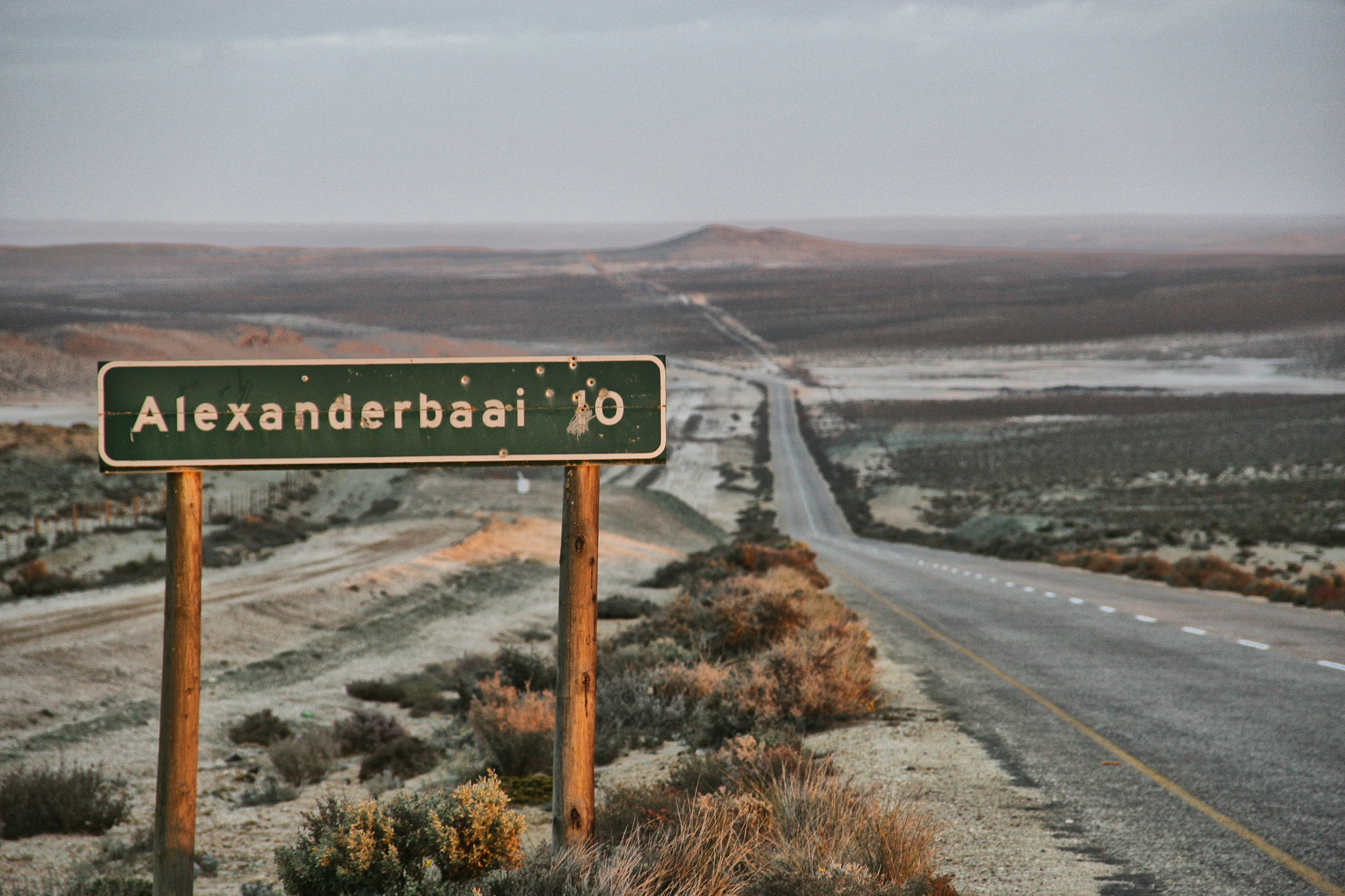
The Richtersveld Diamond Highway to Alexander Bay. Image: Chris Marais
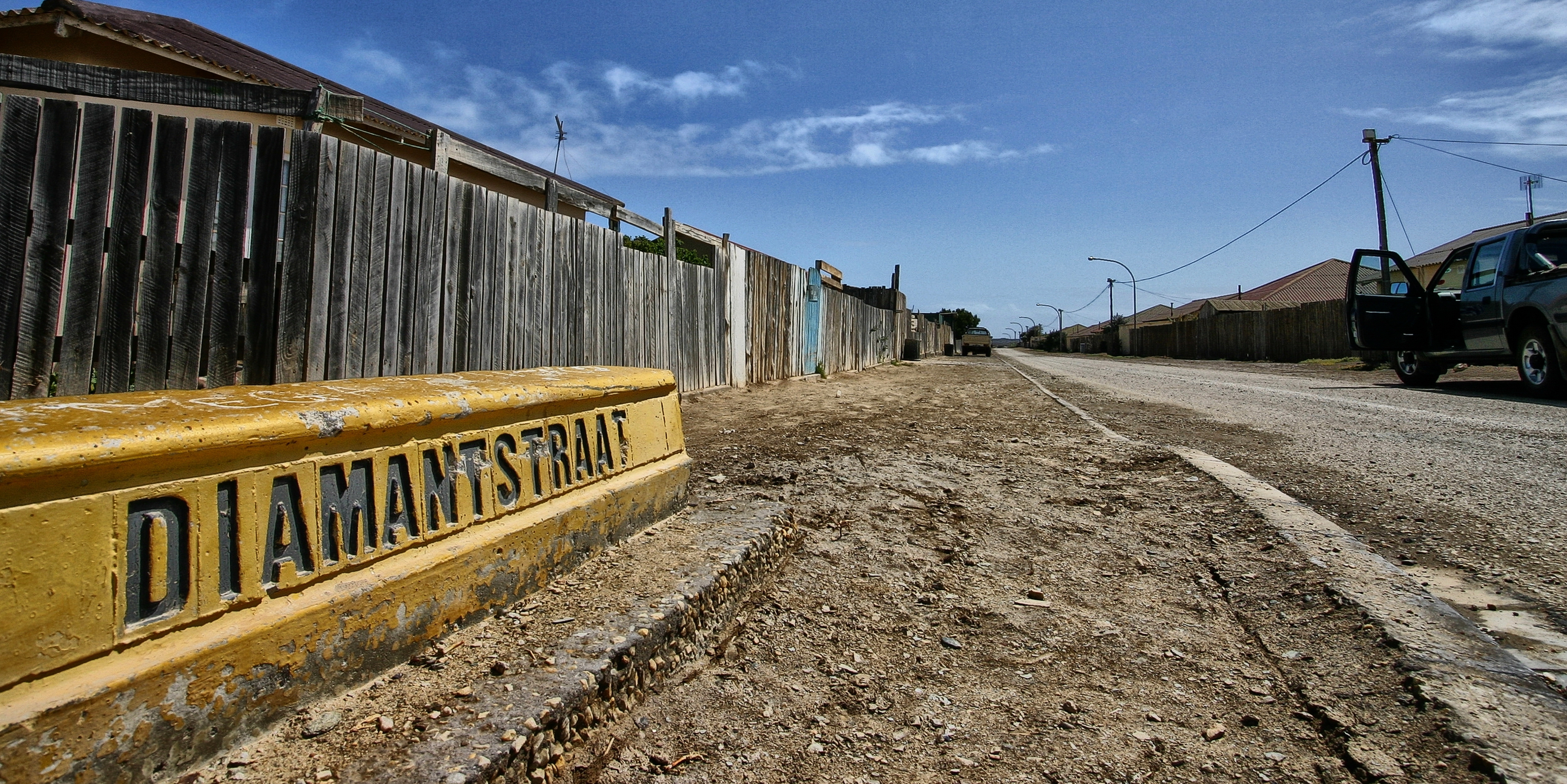
The aptly-named Diamant Street, between Quartz and Agate Streets in Alexander Bay. Image: Chris Marais
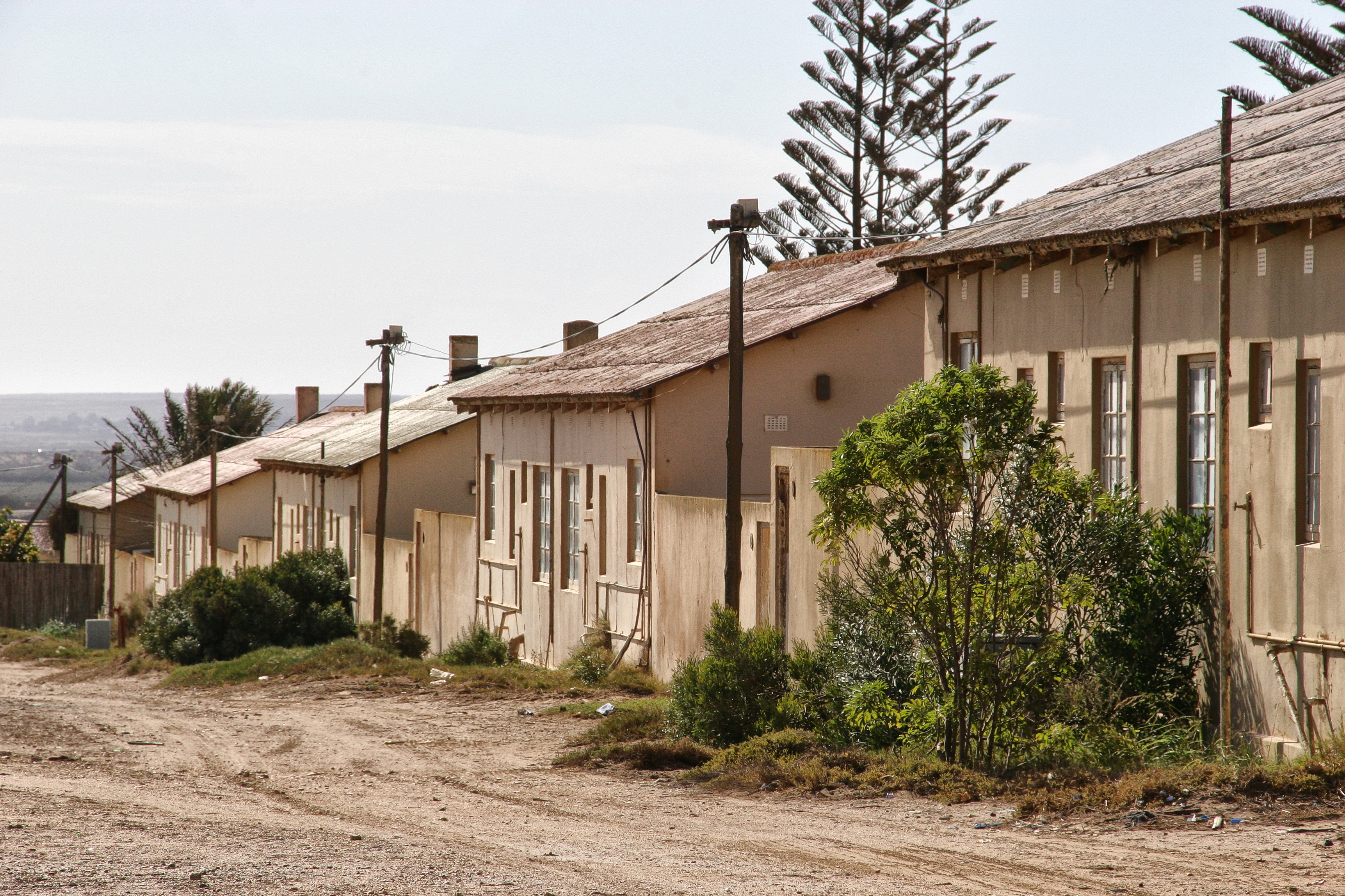
The venerable diamond workers’ quarters in Alexander Bay. Image: Chris Marais
In 2005, on a three-month madcap book trip along the 3,000-plus kilometres of the entire South African coastline from Alex Bay to Kosi Bay, my wife and co-author Julienne du Toit and I had The Glamour of Prospecting by Fred Cornell as a first-stop reading companion. The man was lousy at sniffling out diamonds but he wrote a cracker of a travel book.
Read in Daily Maverick: Gariep: The story of South Africa’s largest dam
In The Glamour, you’re on the trail with old Fred Cornell, one of the real legends of the Richtersveld. Fred knew there were treasures somewhere at the mouth of the Orange River. But the rich finds constantly eluded him. He stuck to his guns, slept rough under the stars and kept great company with a cast of rowdy companions. A lively man’s life.
Fred Cornell mucked about up here for more than a decade, just one sniff behind the Motherlode. He sailed to England to raise more finances for his prospecting, went for a drive in a sidecar motorcycle and was killed in an accident with a London taxi.
The honours of developing the world’s largest treasure house of diamonds went to other men. No matter for Fred:
“I have been richly compensated for the few discomforts and hardships I have experienced by the glorious freedom and adventure of the finest of outdoor lives, spent in one of the finest countries and climates of the world.”
This is how he introduced his book to readers: “What gave me ‘diamond fever’ I don’t pretend to say. Certainly, I have no love for the cut and finished article, and nothing would induce me to wear it. But for the rough stone, and for the rough life entailed in searching for it, I have always had a passion.”
The coast goes mad
After Fred Cornell’s death in 1925, matters took a turn for the downright crazy in this part of the world.
In August that year, the first Namaqualand diamond discovery, just south of Port Nolloth, was made and registered by Jack Carstens. The rush was on. Once there was a sniff of stones along this coast, prospectors began finding them at various spots between Port Nolloth and Alexander Bay. Like, lift a rock and here, look, you’re made for life.
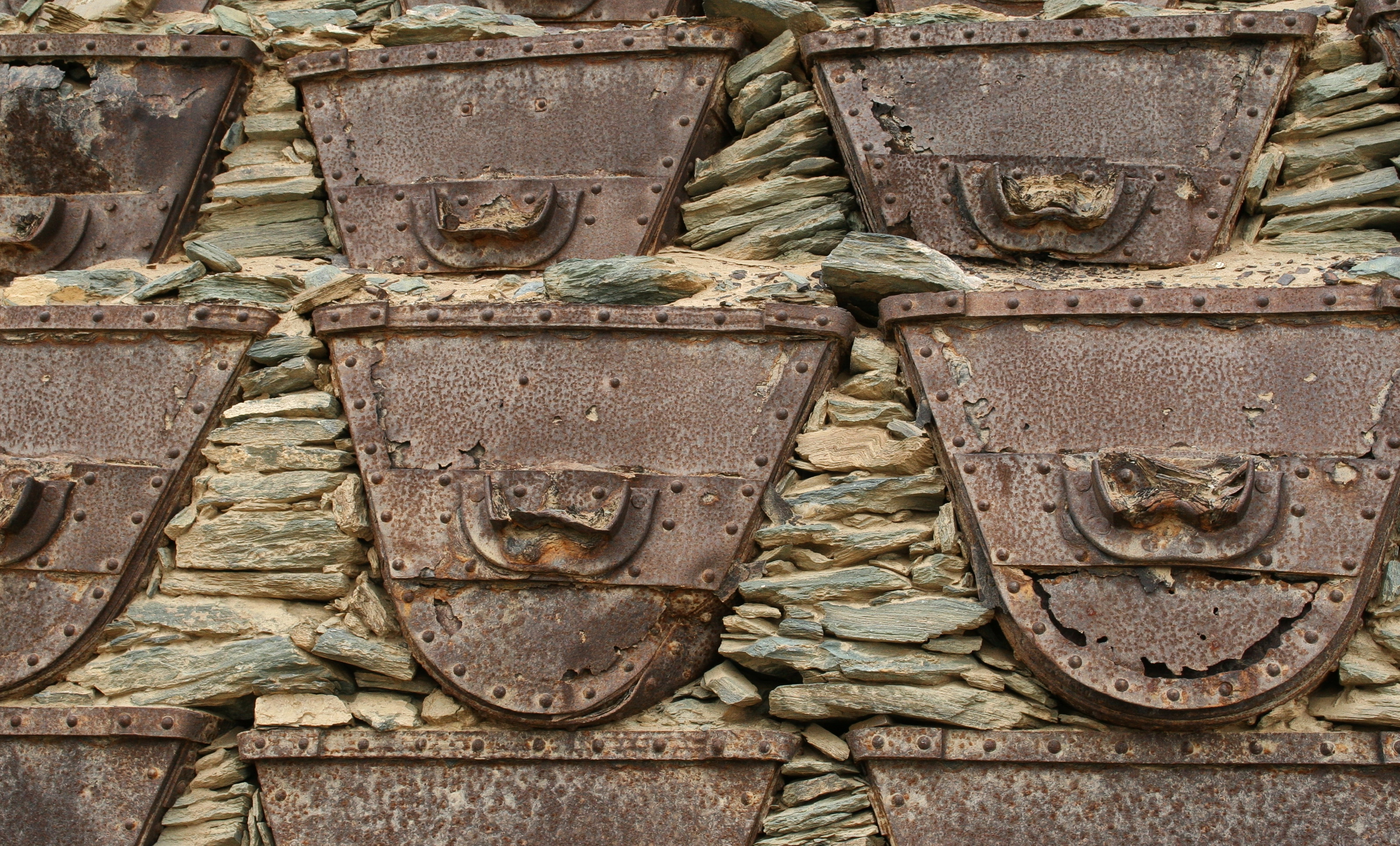
Retaining walls made from old coco pans and layers of slate. Image: Chris Marais
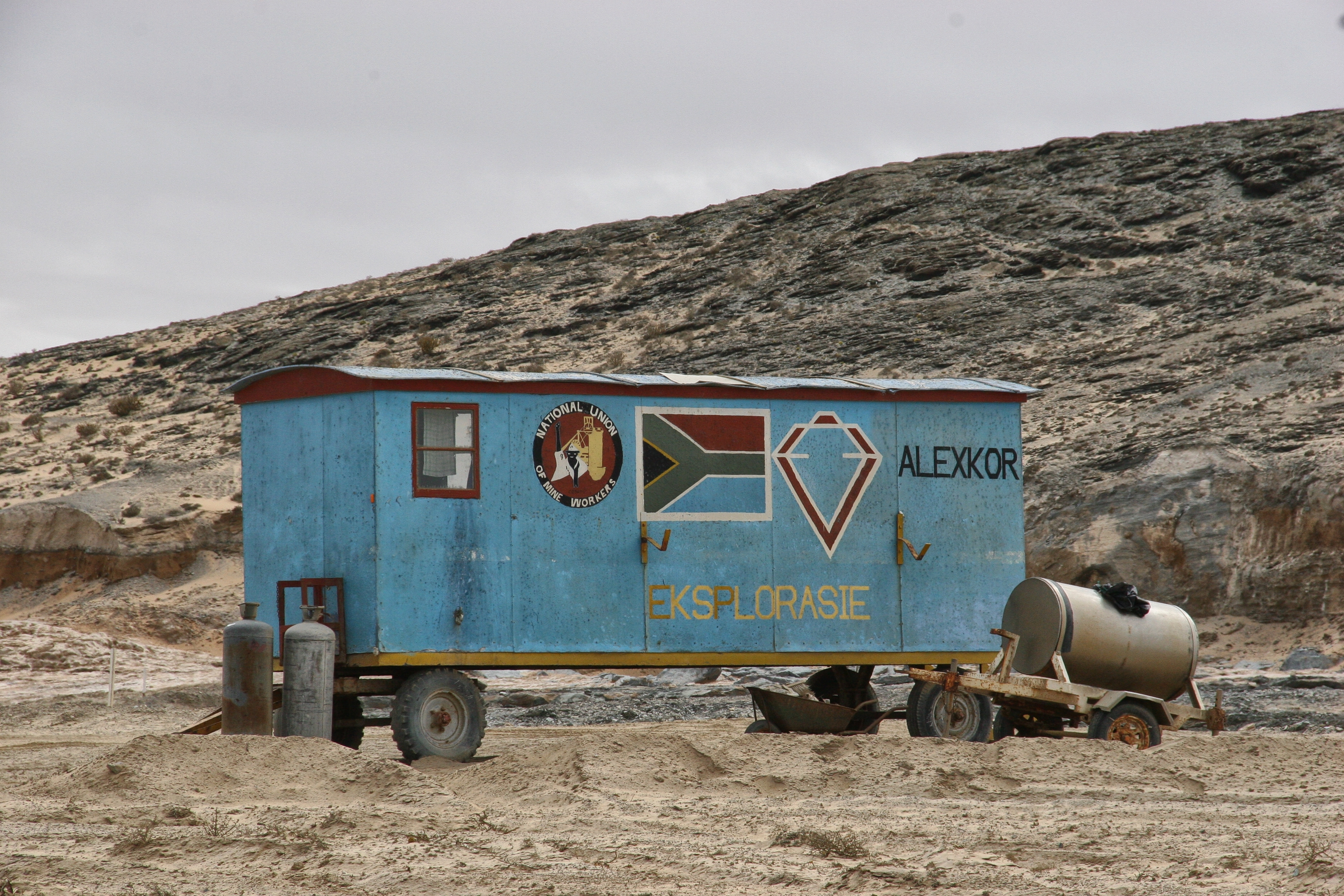
Alexkor site trailer photographed back in 2005. Image: Chris Marais
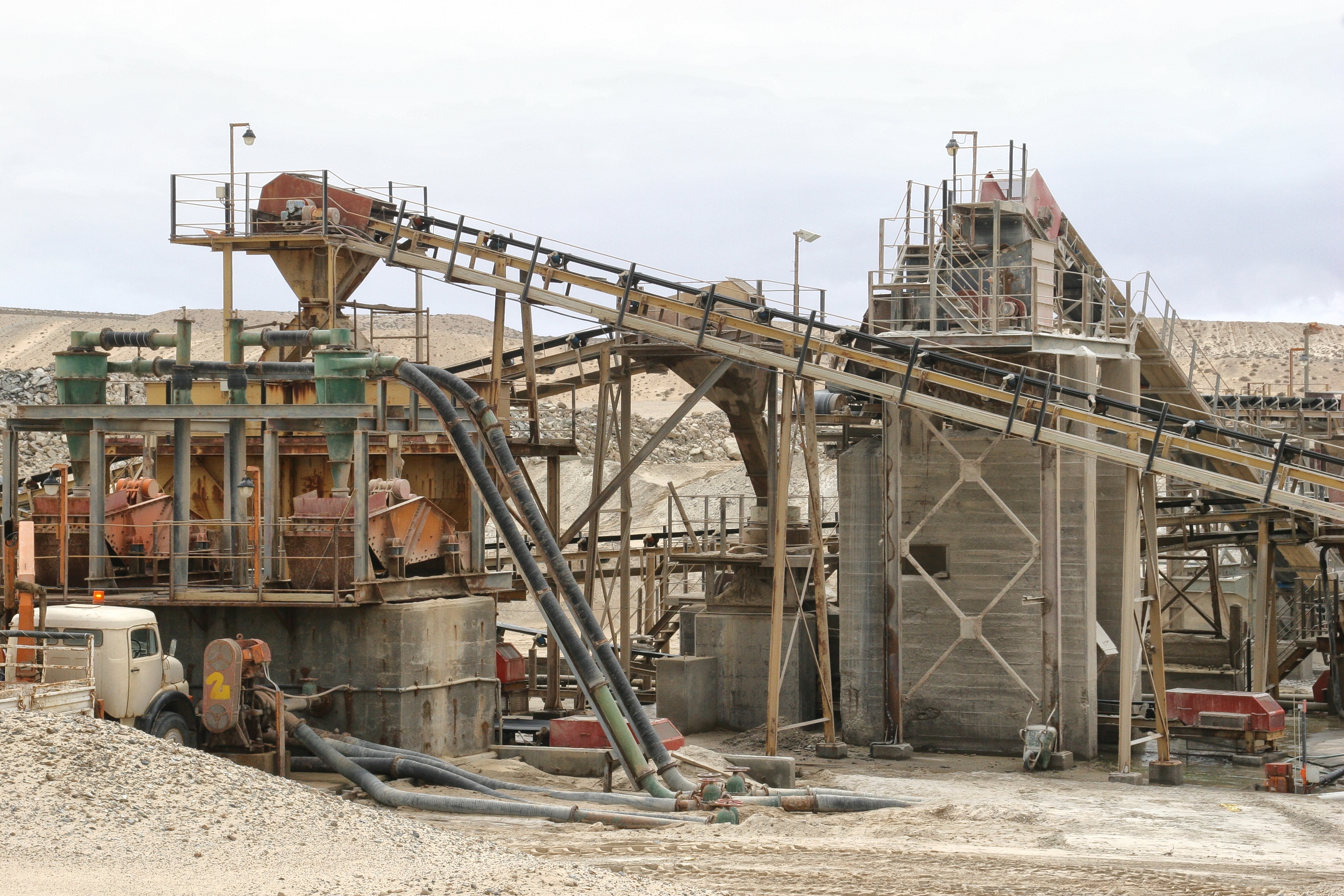
Skeletal Alexander Bay processing plant. Image: Chris Marais
A highly qualified geologist called Hans Merensky had a theory that the major diamond fields would lie among the fossilised oyster beds. Merensky registered a number of vastly rich claims, for which he was eventually paid out £1,250,000.
He also knew that by opening the diamond floodgates of Alexander Bay, the smooth, river-washed gems would revert to their original status: marbles for children. Old explorers’ tales sometimes mention indigenous kids playing with glittering baubles along the shorelines of the north-west. But the first Europeans to venture into these barren wilds were looking for copper and did not give this much thought.
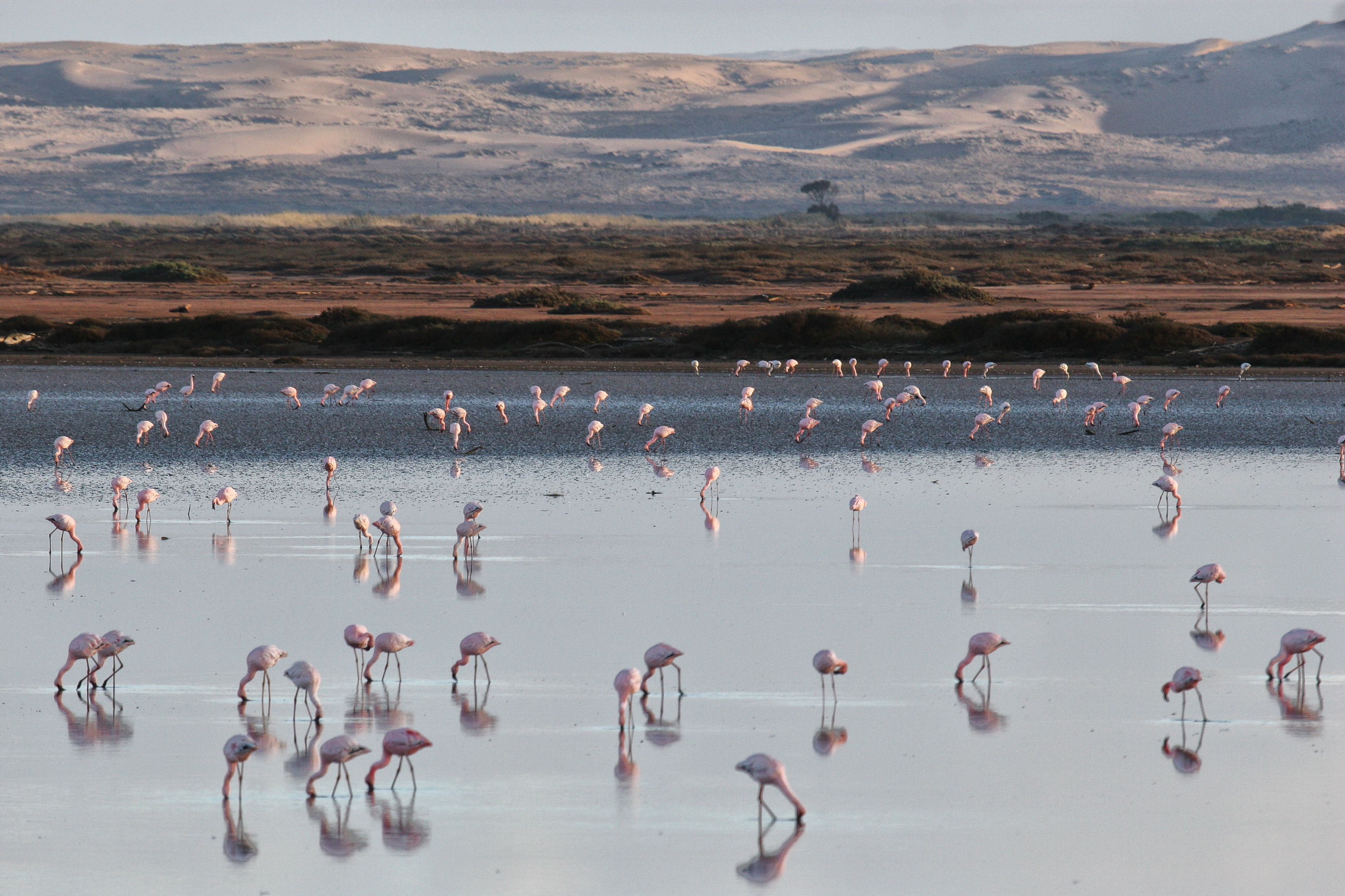
Flamingos at the mouth of the Orange River, with Namibia across the waters. Image: Chris Marais
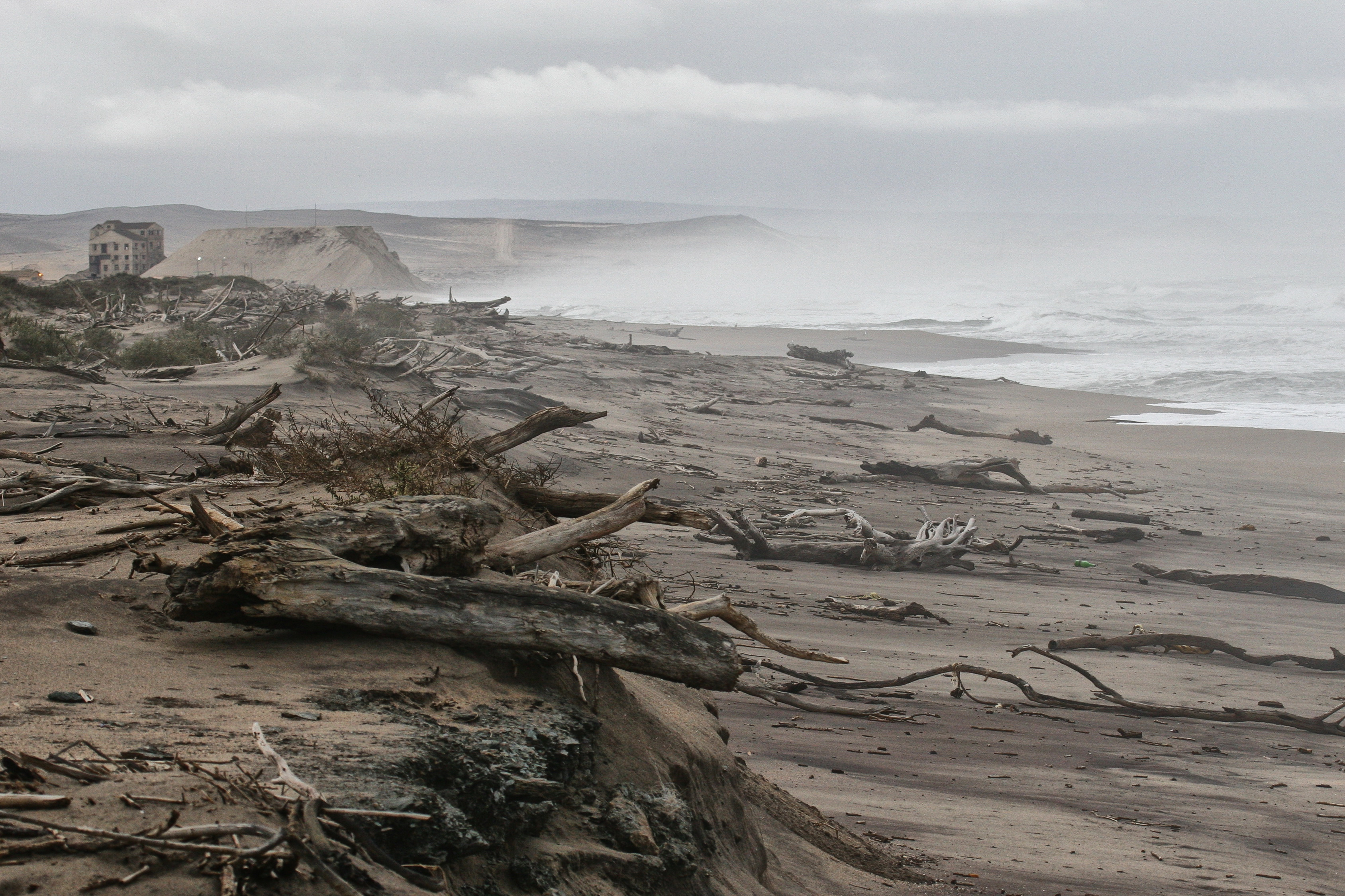
The driftwood-laden beach near the mouth of the Orange River. Image: Chris Marais
Stop the rush
So Hans Merensky did the 700km dirt road dash down to Cape Town for urgent talks with the Government of the day and the Opposition. They were finding diamonds by the handful in Namaqualand, the word had spread and the hordes were beginning to gather.
A prospecting and mining moratorium was soon declared. De Beers, fearing an overtraded world market, bought up all the Namaqualand diamonds they could. Ernest Oppenheimer took the long view and remained calm throughout. However, the crowds in places like Port Nolloth and Springbok, suddenly hopeful of overnight wealth, were not so relaxed about the government intervention. There were mass meetings and threats of armed insurrection. The State shipped in more than 100 extra policemen to bolster the local constabulary.
In 1928 the Alexander Bay fields fell under the auspices of the newly-established State Alluvial Diggings (SAD), fenced-off and tightly controlled. However, illegal diamonds were still being smuggled out in many devilish ways, flowing into Port Nolloth until the little seaside village became infamous as the illicit diamond buying (IDB) hub of Africa.
Read in Daily Maverick: The sea cowboys and diamond divers of Port Nolloth
Pieter Coetzer, in his incredibly well-researched book titled Baai van Diamante (Bay of Diamonds), says the population of Port Nolloth at the time could be divided into three groups: the IDB, the CID and the CGB (crystal and glass buyers).
“Amongst this lot, fighting was the rule rather than the exception, normally caused by drink, girls and diamonds,” he writes. “The guys who got beat up the most were those who tried to sell crystal and glass as diamonds. No one was hated more than the fraudulent diamond dealer.”
IDB, on the other hand, was seen as a Namaqualander’s God-given right. The locals were generally poor, and here was all this wealth. Why should it all go to a rich bloke from the city? Where have we heard this before?
Back to the bird
We return, briefly, to our luckless pigeon, who by now was a mess of bloody feathers on the otherwise-pristine main street of Alexander Bay. In the late 1990s, pigeons were being smuggled into the restricted area, loaded with stones and sent on their way home where willing hands would relieve them of their precious loads. It was such a ridiculously old, worn-out trick that it actually worked for a while.
An uproar followed in the South African Parliament, where it was announced that Alexkor, the new operator of the enormous mining concern, was losing $200-million in stolen diamonds each year, most of them “strapped to well-trained homing pigeons”.
The word went out, arrests were made and various homing pigeon clubs (which, ironically, had been given start-up funds by Alexkor) were closed down. More than 900 birds were given the boot.
It emerged that a machinist who worked in the binnekamp (inside camp) at the mine, had become a very keen pigeon fancier and a bit of an avian tailor as well, because he developed a nifty little harness he could attach onto his flying smugglers. He would take one to the diggings in his lunchbox and, as he found the diamonds in the course of his work, would load them into the bird’s harness. You can figure the rest out. The machinist went to jail for a year and from that point onwards, pigeons were shot out of the sky over Alexander Bay.
So you can imagine the kind of reception one rather clinically named GB S82074.99, a British homing pigeon that famously strayed off course in mid-2002, received when he flew in over Alexander Bay all the way from Derbyshire, England. Old ‘GB’ had been on his way to France when he was blown down to Africa in a storm over the English Channel and arrived 8,000 kilometres later in Alexander Bay. He was captured, presumably strip-searched and returned to his owner, Englishman Harry Sinwell.
Shorelines Trip
As we arrived on the outskirts of Alexander Bay, the sun gave the earth a lusty good morning kiss, leaving a pink lipstick smear on the horizon. After finding lodgings and securing breakfast, we presented ourselves at the Alexander Bay Mine Museum for a tour of the diamond workings.
“The diamonds, washed down the Orange River, mostly lie in a sediment of fossilised oyster shells,” explained the museum curator and tour guide, Helené Mostert. “To get to this sediment, one has to go through as much as 40 metres of sand and calcrete. Then you reach the gravel on the bedrock, which bears the diamonds.”
Most of the mining takes place in the sea off Alexander Bay these days, and the divers share their profits with Alexkor.
Helené told us what not to take in: no cigarette lighters, lipstick, lip ice, cellphones, skin cream and, of course, no pigeons. She had packed a picnic basket (ostrich biltong chili bites and muffins) but warned us we had to eat the lot before coming out again.
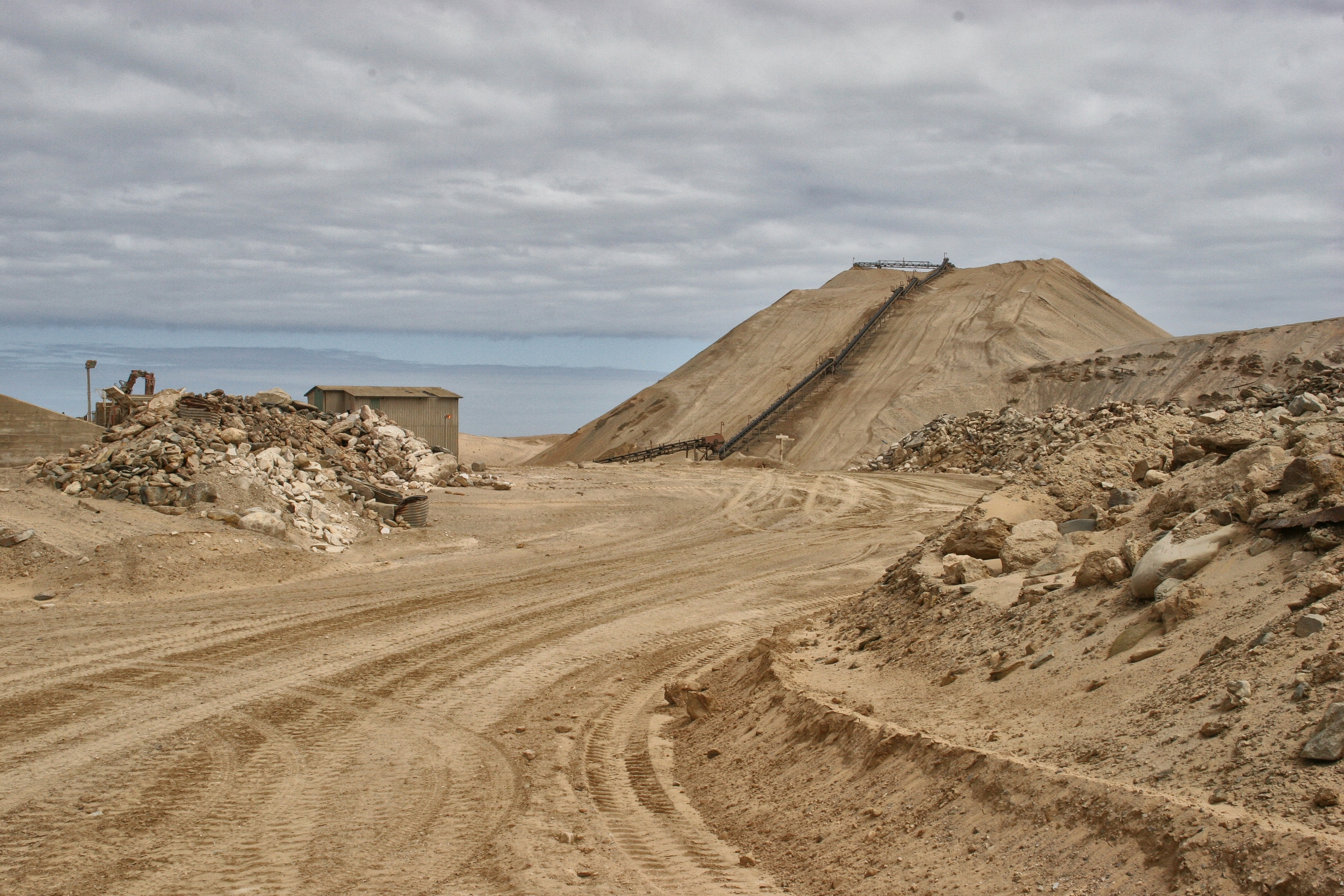
The unrehabilitated mining grounds in 2005. Image: Chris Marais
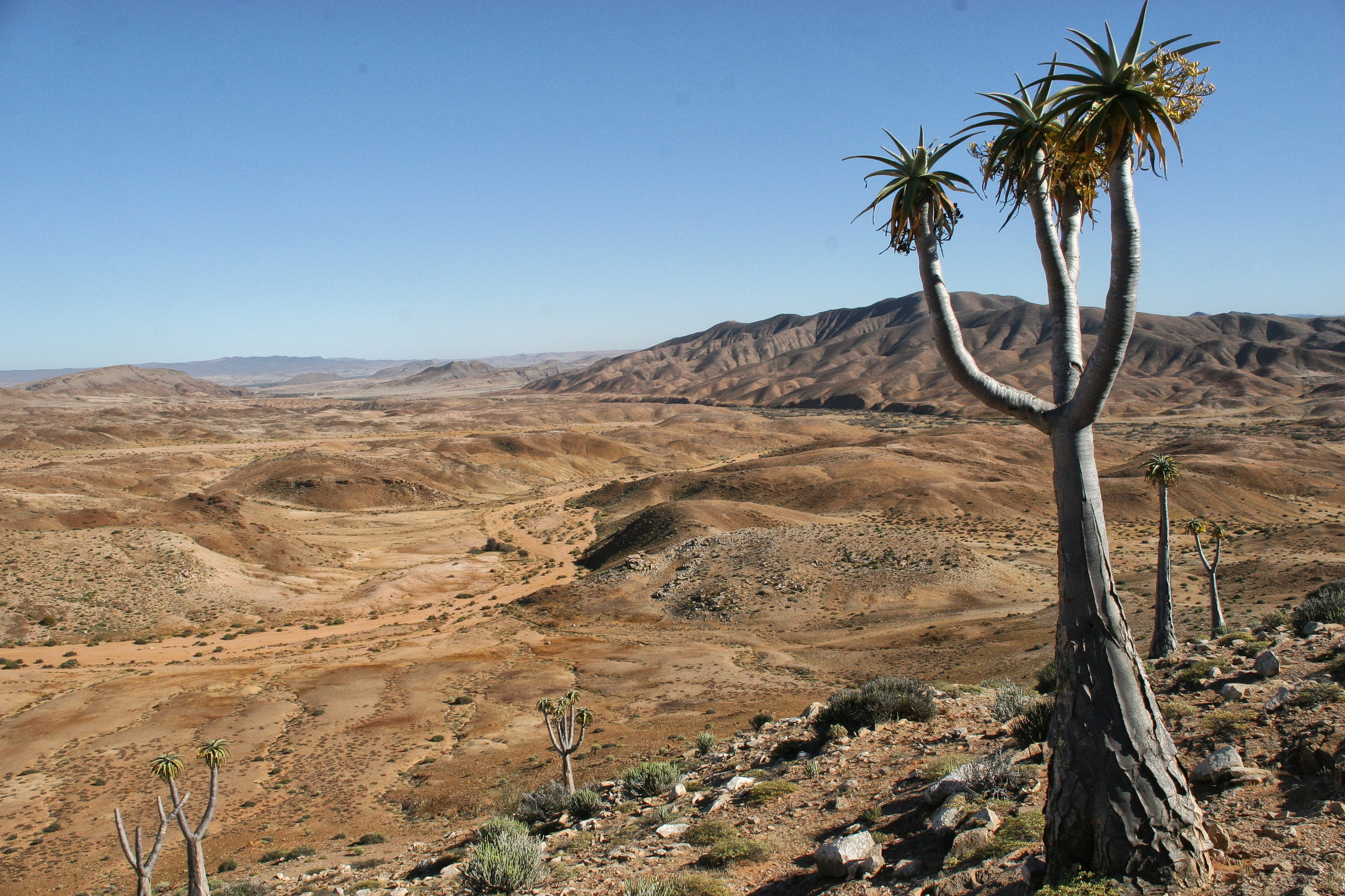
If you venture further east towards the Ai-Ais Richtersveld Transfrontier Park, you will find Cornell’s Kop, named after the legendary prospector. Image: Chris Marais
Binnekamp & Buitekamp
Alexander Bay society used to be divided into Binnekampers and Buitekampers (people who lived inside the restricted area and those who were outside the fence). Before leaving the area on weekend pass, binnekamp families and their possessions were thoroughly searched, because diamond smuggling in Namaqualand has always been as natural as truffle-sniffing in the south of France.
“The mine brought in everything for the diggers,” said Helené. “They farmed chickens, pigs and vegetables here. If you ordered fresh produce from Cape Town, it would be sent up by ship and then make its way in a donkey cart from Port Nolloth. By the time it arrived here, it was mostly inedible. Now, of course, they have refrigerated trucks, so it’s just the ostrich, dairy and fruit that we source locally.”
Despite the restrictions and the bleak landscape they lived in, the male workers used to have a rich old time of it. Those were the days of beach parties, giant crayfish screeching away in drums of boiling water, epic fishing expeditions and the occasional overdose of Cape Smoke, a particularly vengeful black sheep of the brandy family.
Diamond raiders
Young Ernest from Pampierstad near Kimberley was assigned to be our guard, to ensure we didn’t suddenly bend down and slip a likely-looking stone somewhere secret. In the company of Ernest and Helené, we drove through the venerable, Gothic-grey mining complex, a rusted dreamscape scoured by sand, wind, fog and rain over the past 80 years.
There was still a lot of rehabilitation to be done out here, but, ironically, the mining operations had protected some pristine areas as well. We came across beautiful stretches of stark coastline that were home to colonies of seals and cormorants, with the occasional spotting of jackals, oryx and ostriches.
On our way to the harbour, we picked up Quentin Julies, who was going on shift at the waterfront. He told us how the shore patrols often caught gangs of raiders coming in from the sea under cover of darkness to suck the diamond-bearing gravel up for sorting somewhere else, later on.
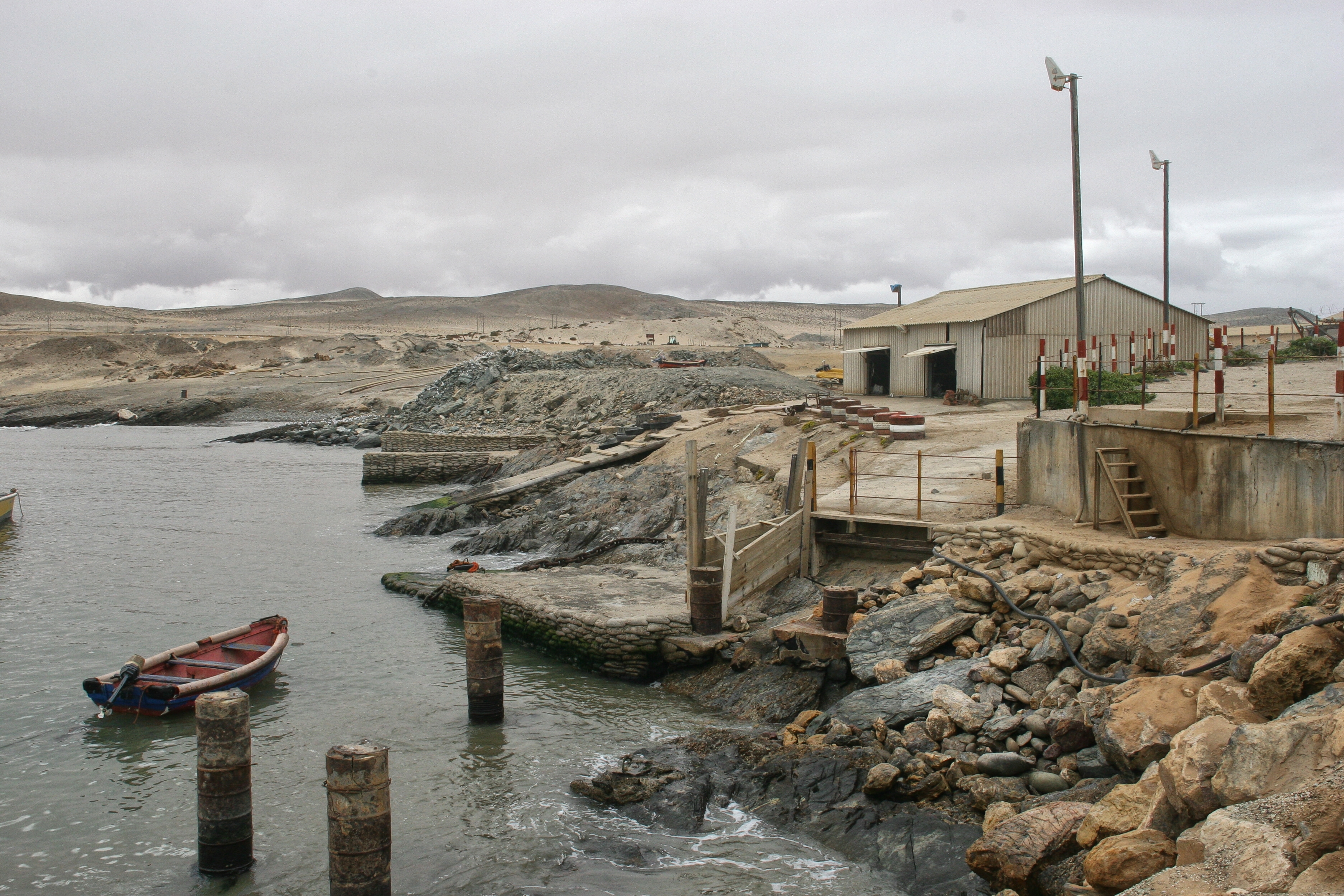
A bleak mooring at the Alexander Bay harbour, September 2005. Image: Chris Marais
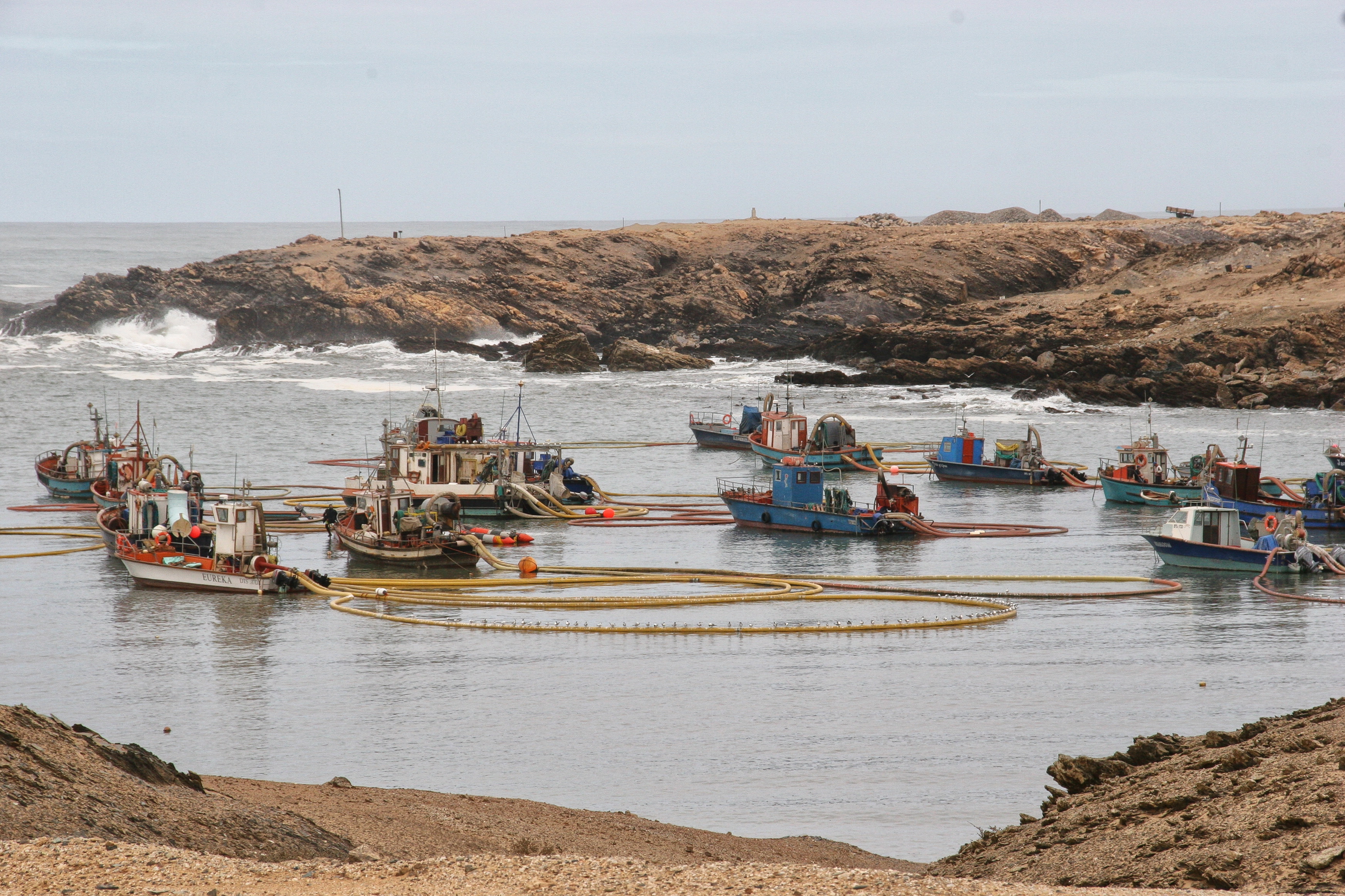
A familiar sight from Hondeklip Bay north to Alexander Bay: the legendary diamond boats. Image: Chris Marais
Smoky mirrors and pat-downs
After a few hours of driving across the bleak, post-Apocalyptic sandscape of the diamond fields, we returned to the security clearance area for a long session of interleading rooms, smoky mirrors, X-ray searches and pat-downs. Obviously, our protests of innocence and open, honest faces were not good enough for the eagle-eyed security staff of Alexkor.
“Don’t worry,” said Helené, as we nervously entered the search area. “Whatever happens in there, you will get out.”
Just imagine, we mused, driving eastwards, deeper into the Richtersveld. A Diamond Sovereign Wealth Fund, like the Norwegians do with their oil and gas revenues, to benefit all the people who live here. Maybe even pay our pensions.
Just then, I saw a pig fly past. Or was it just another overloaded pigeon? DM/ML
This is an extract from Karoo Roads I – Tales from the Heartland, by Chris Marais and Julienne du Toit.
For an insider’s view on life in the Dry Country, get the three-book special of Karoo Roads I, Karoo Roads II and Karoo Roads III (illustrated in black in white) for only R800, including courier costs in South Africa. For more details, contact Julie at [email protected]









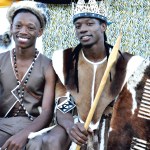









Thanks for yet another very interesting article !
lovely!
Worked at vioolsdrift border post (detached duties) and caught a few diamond smugglers there , brings back memories